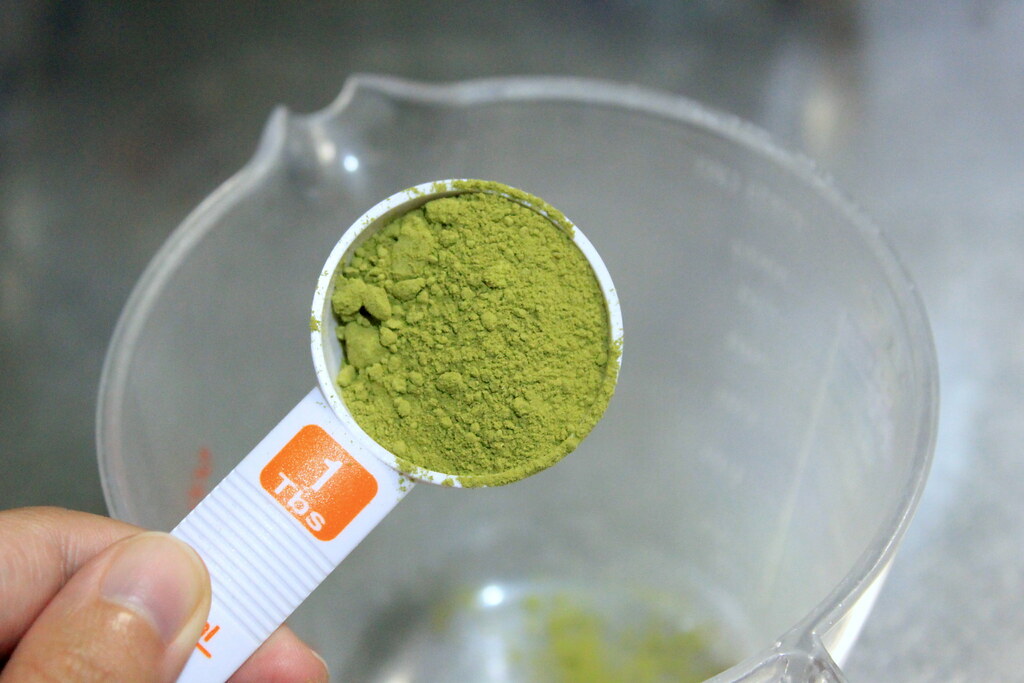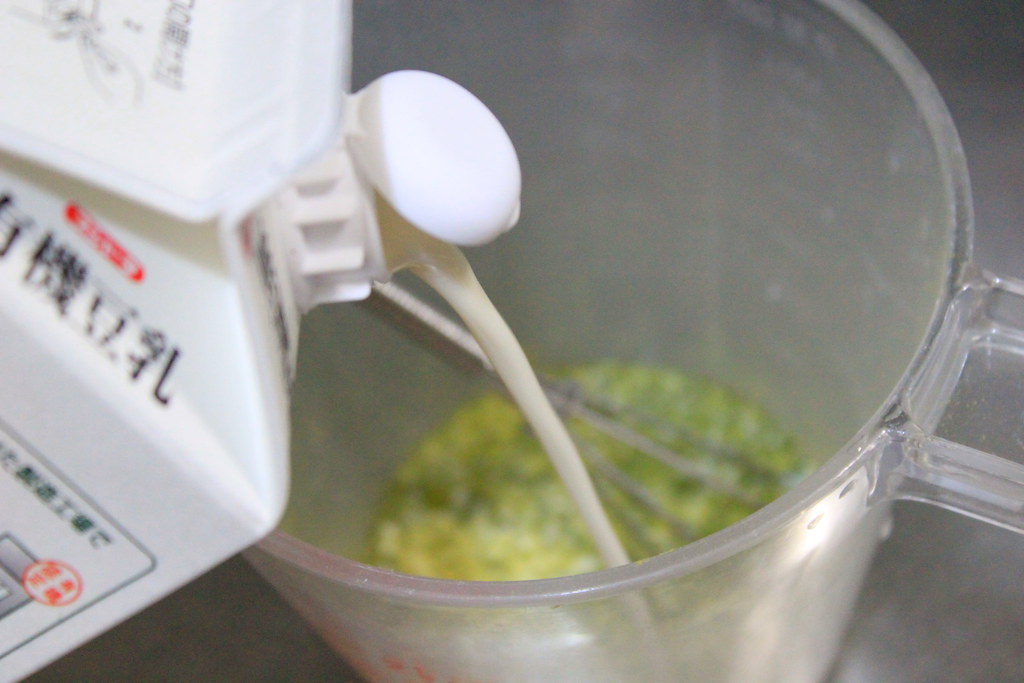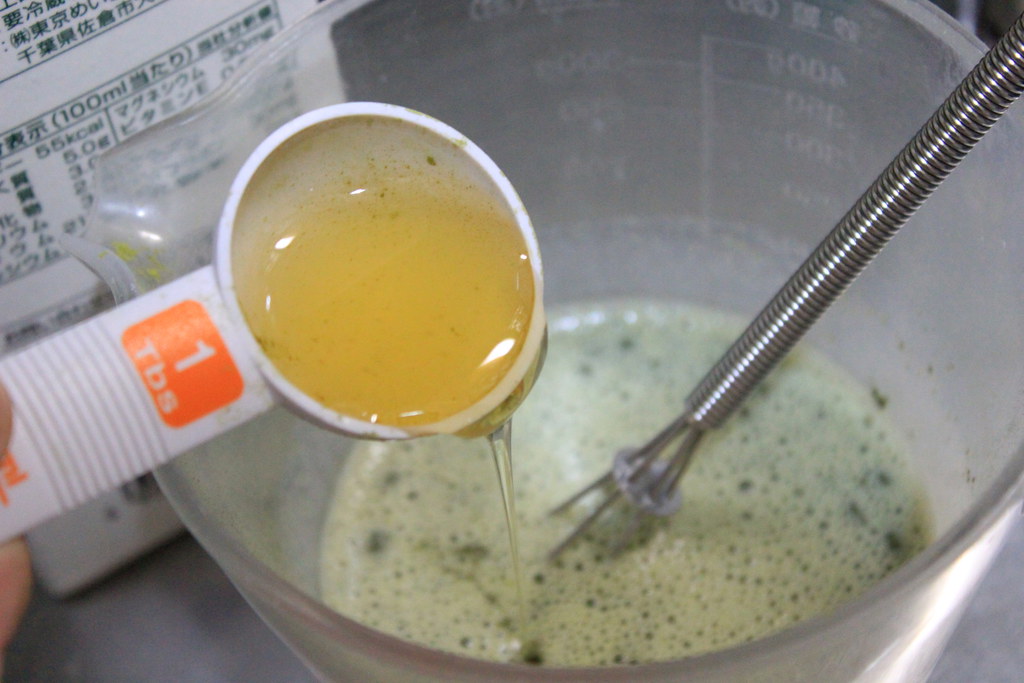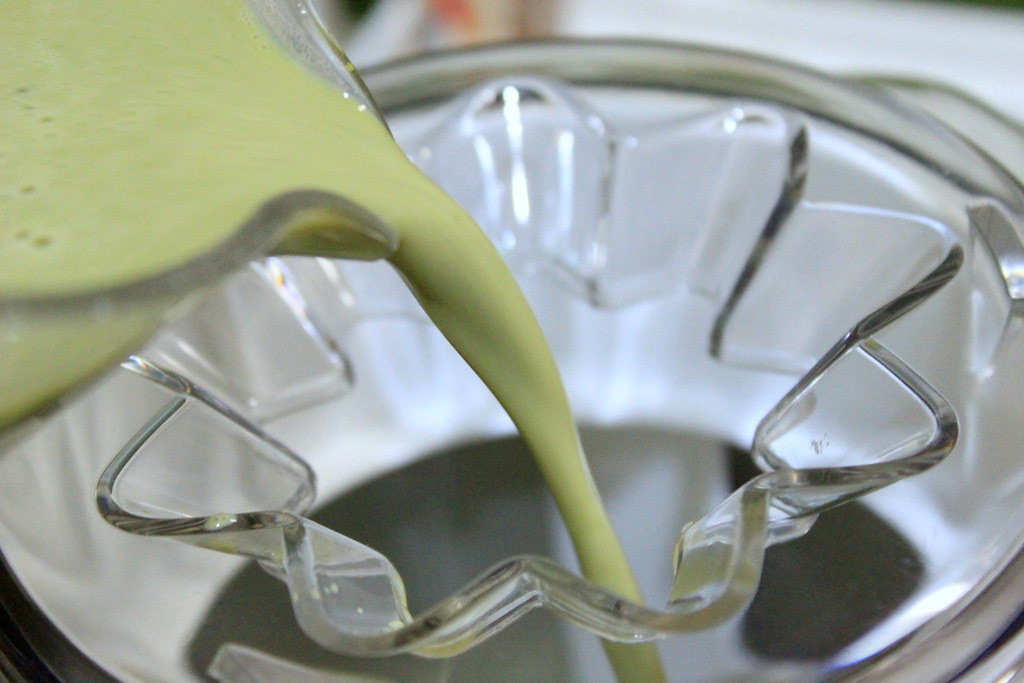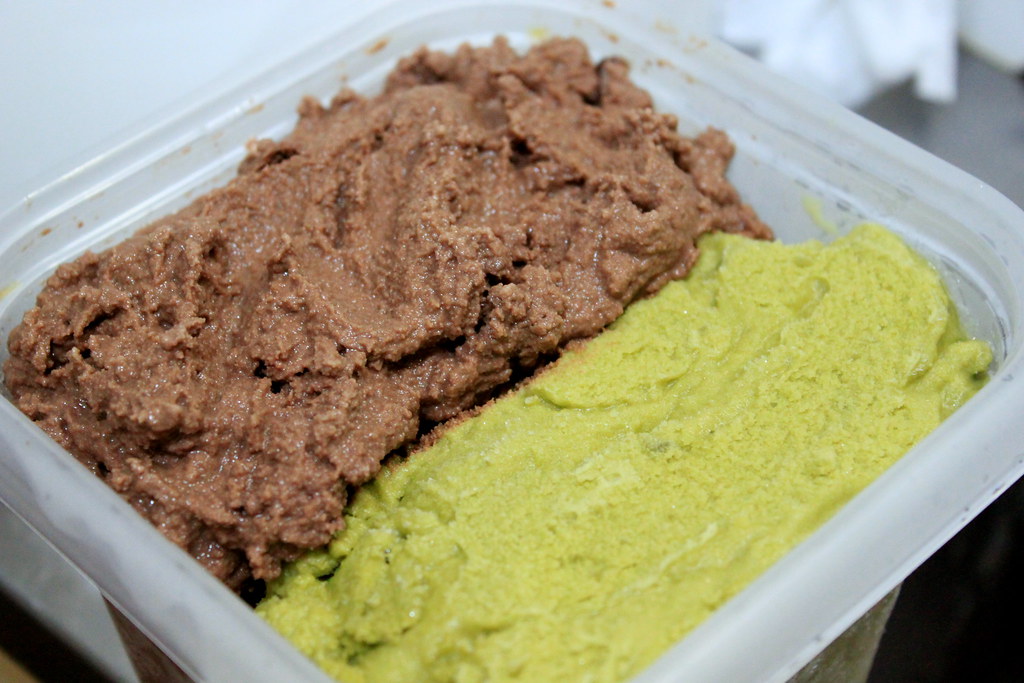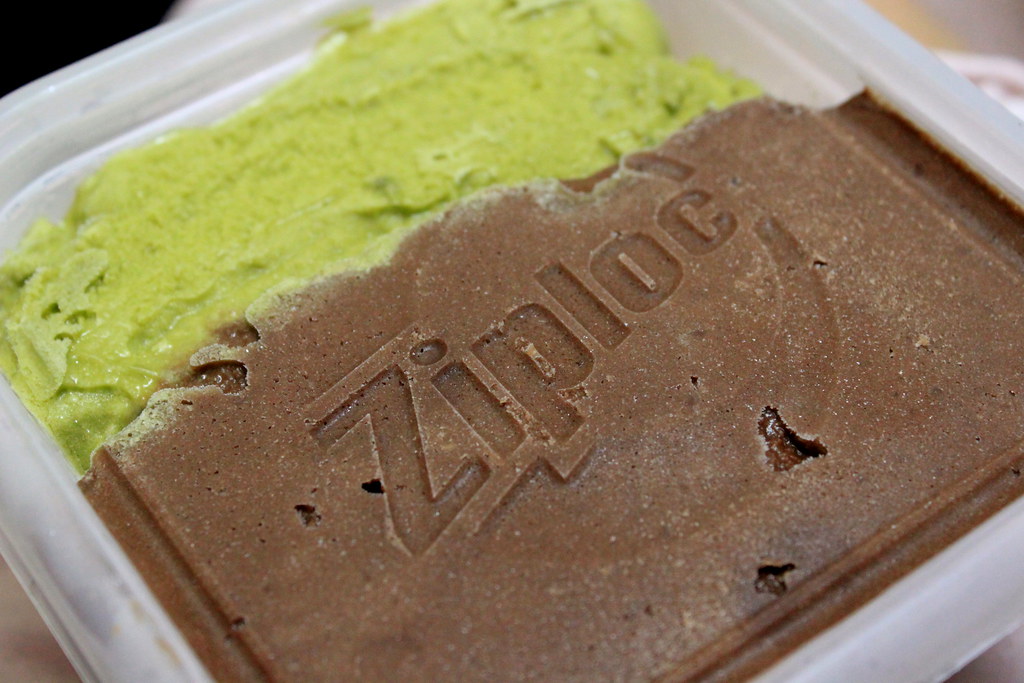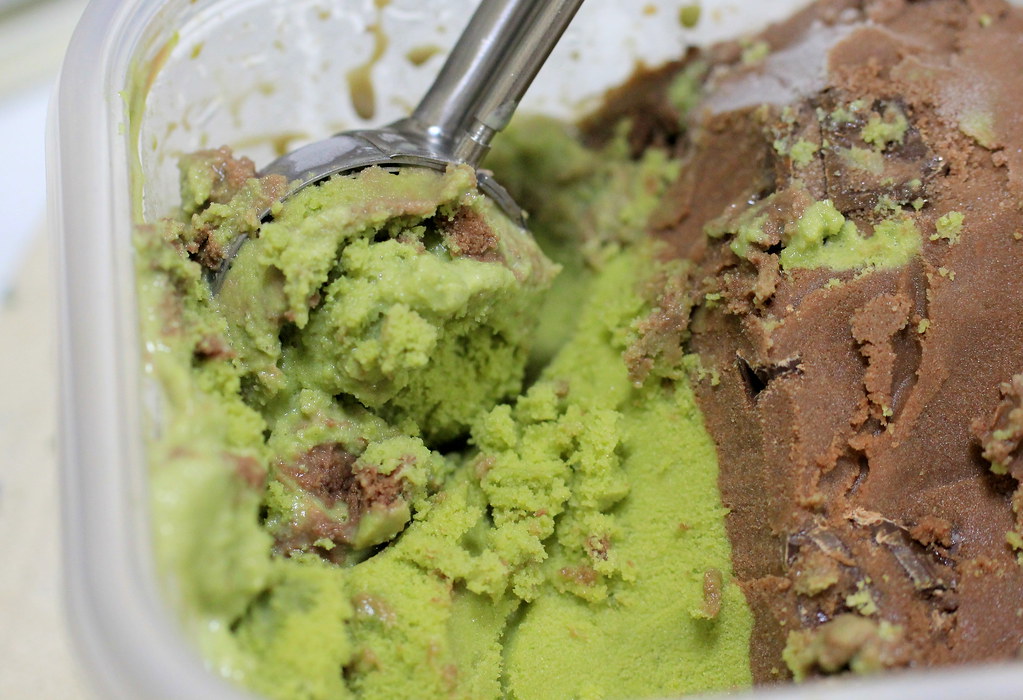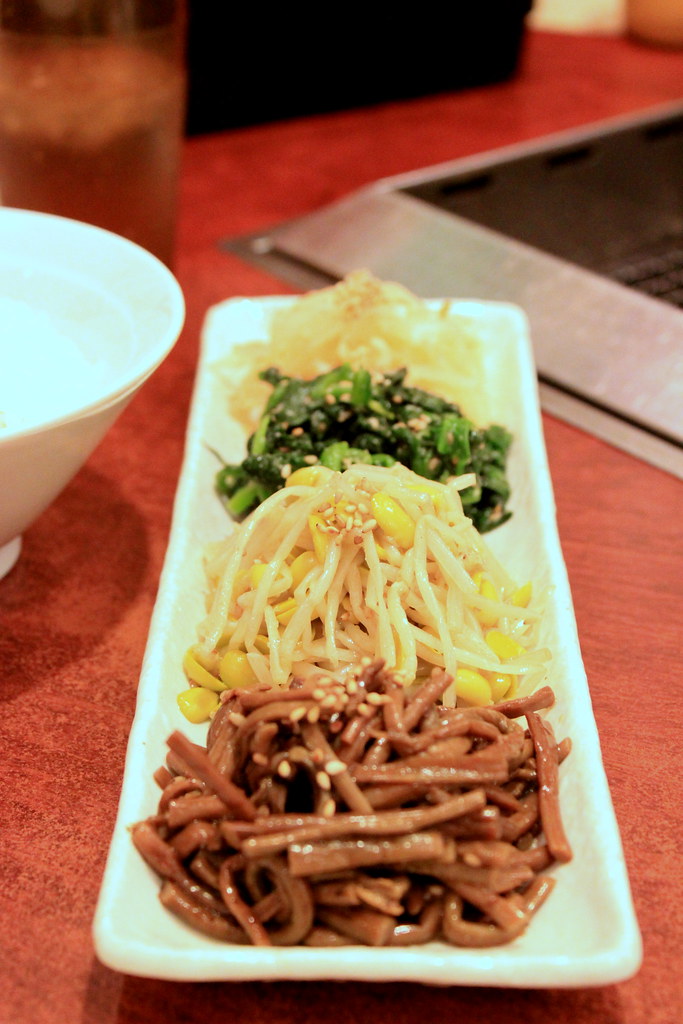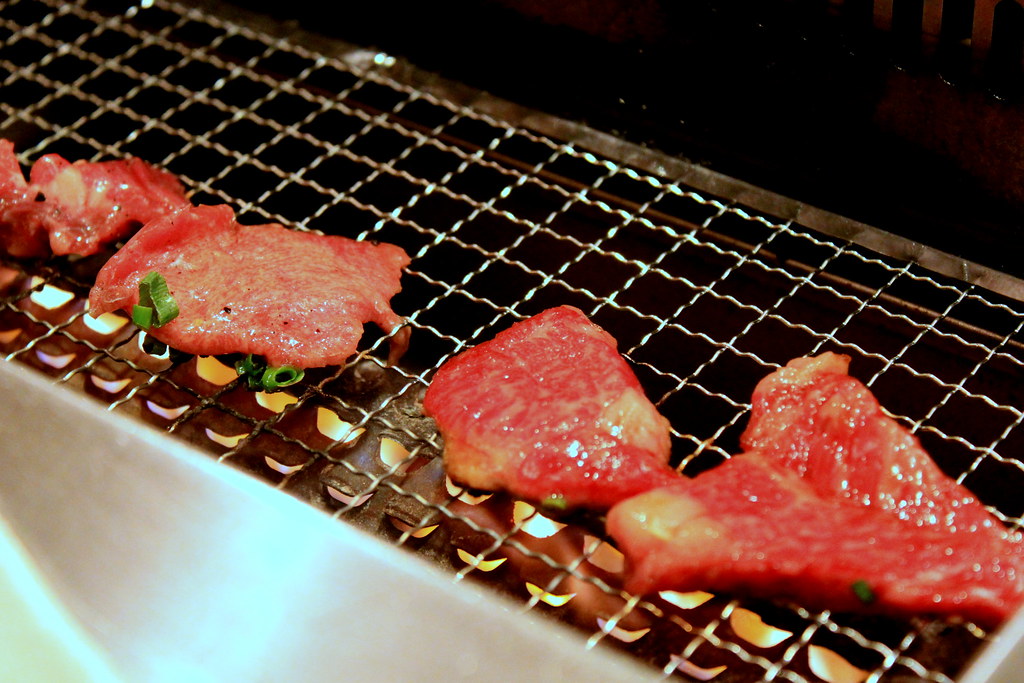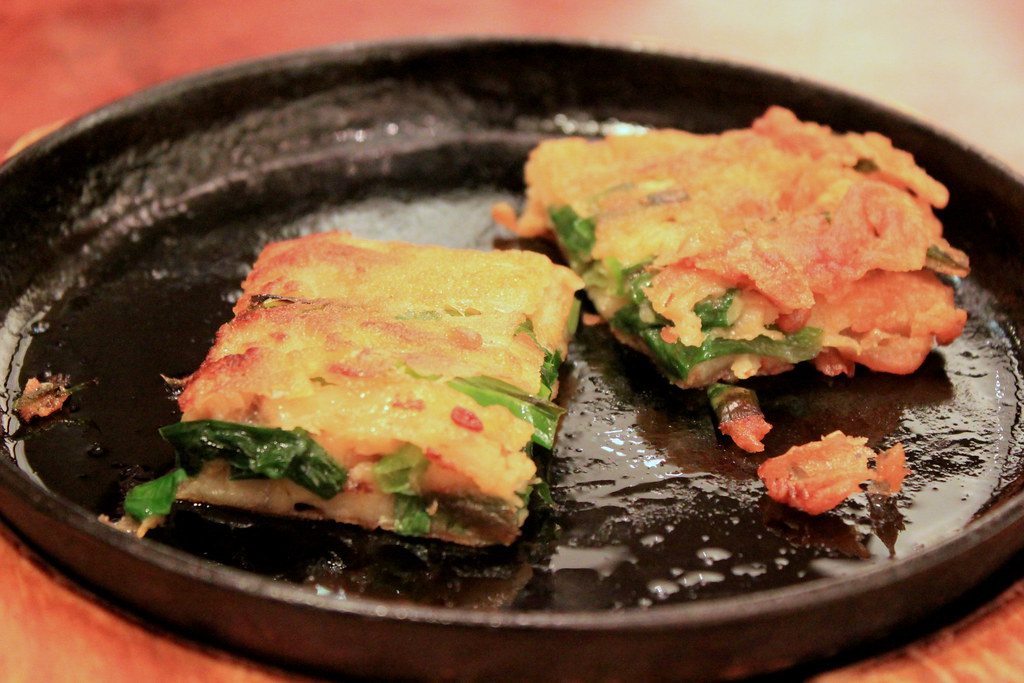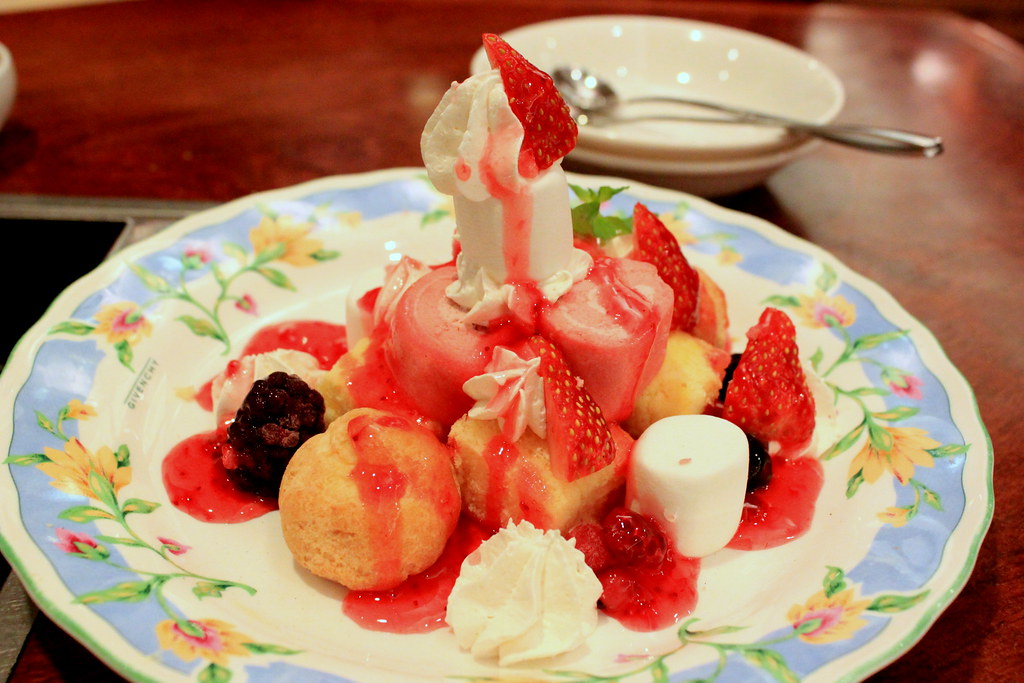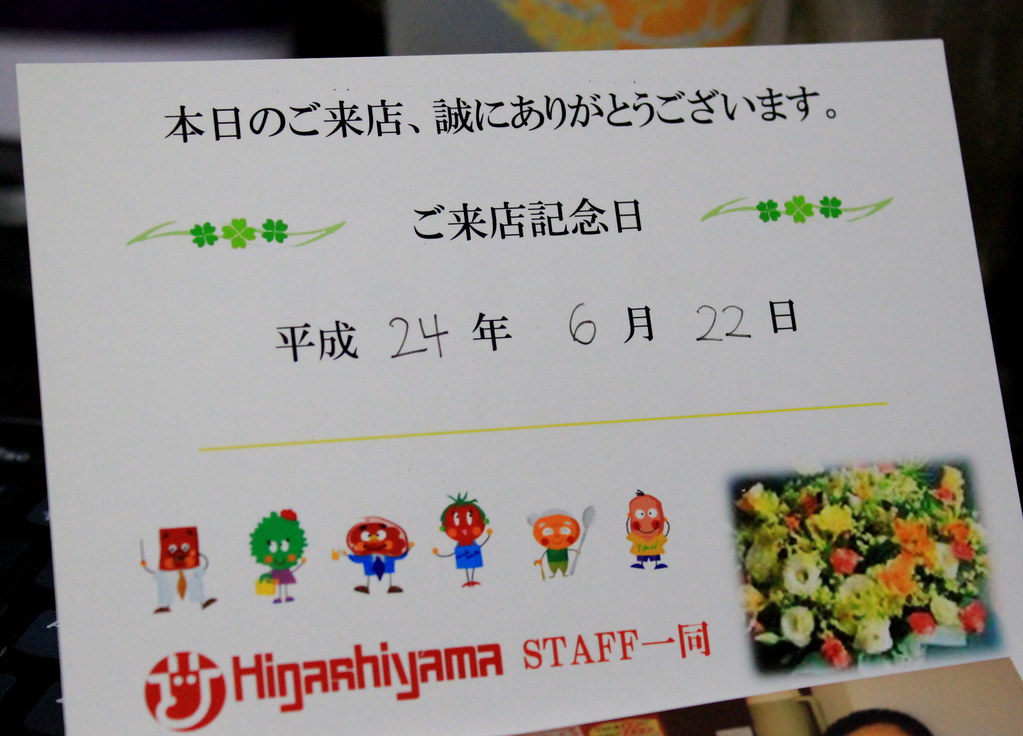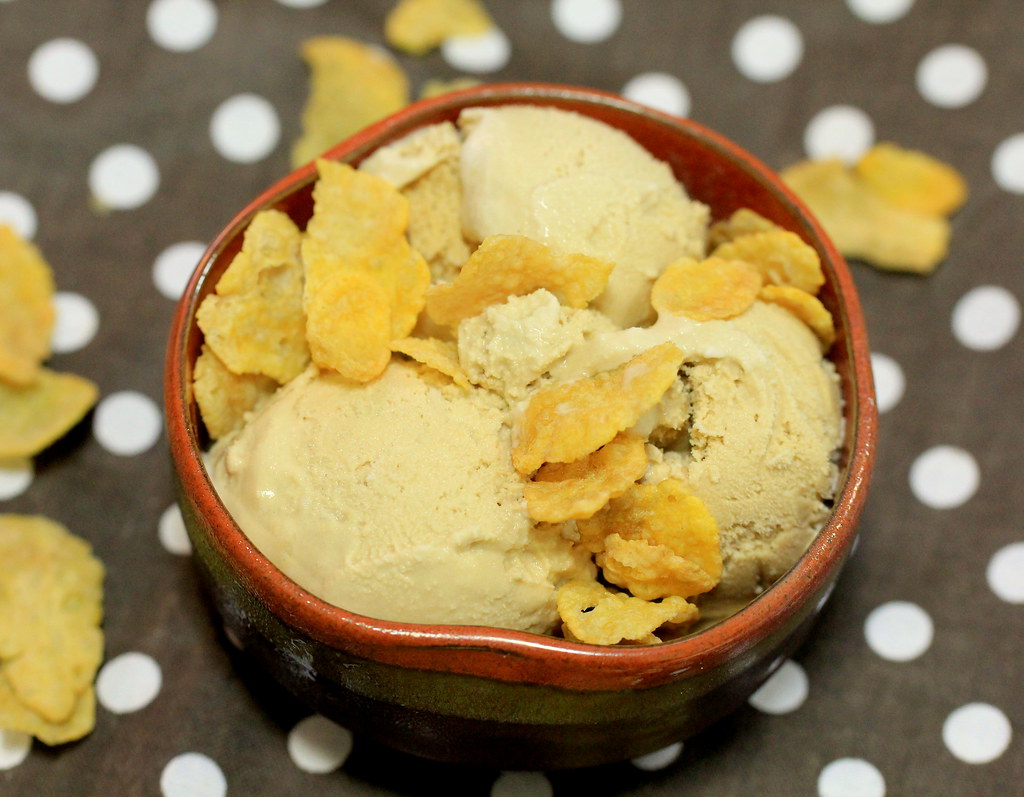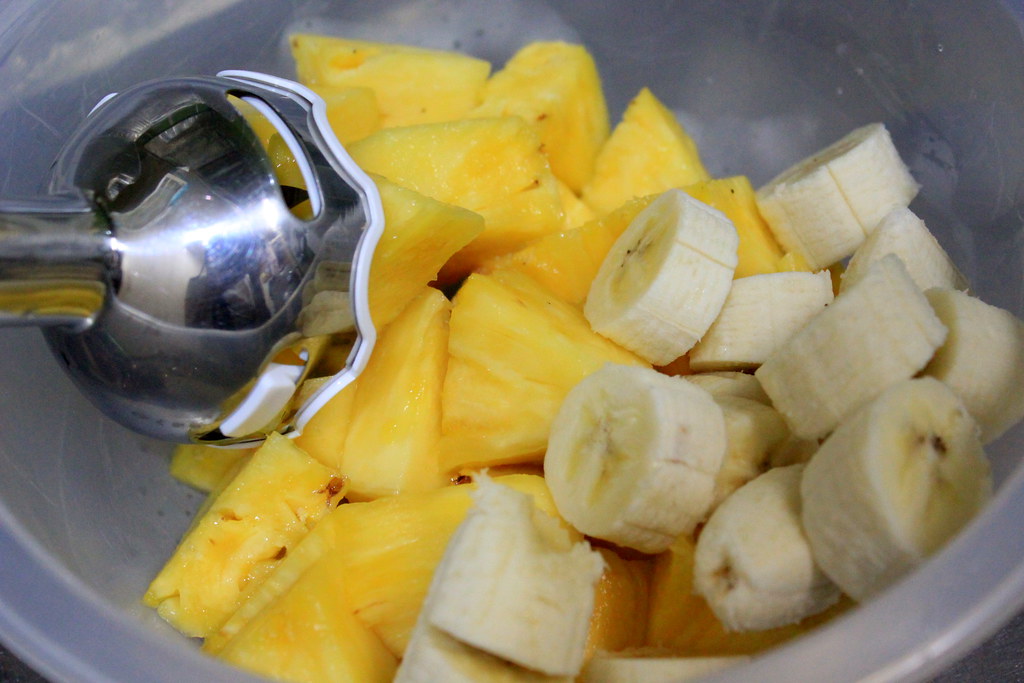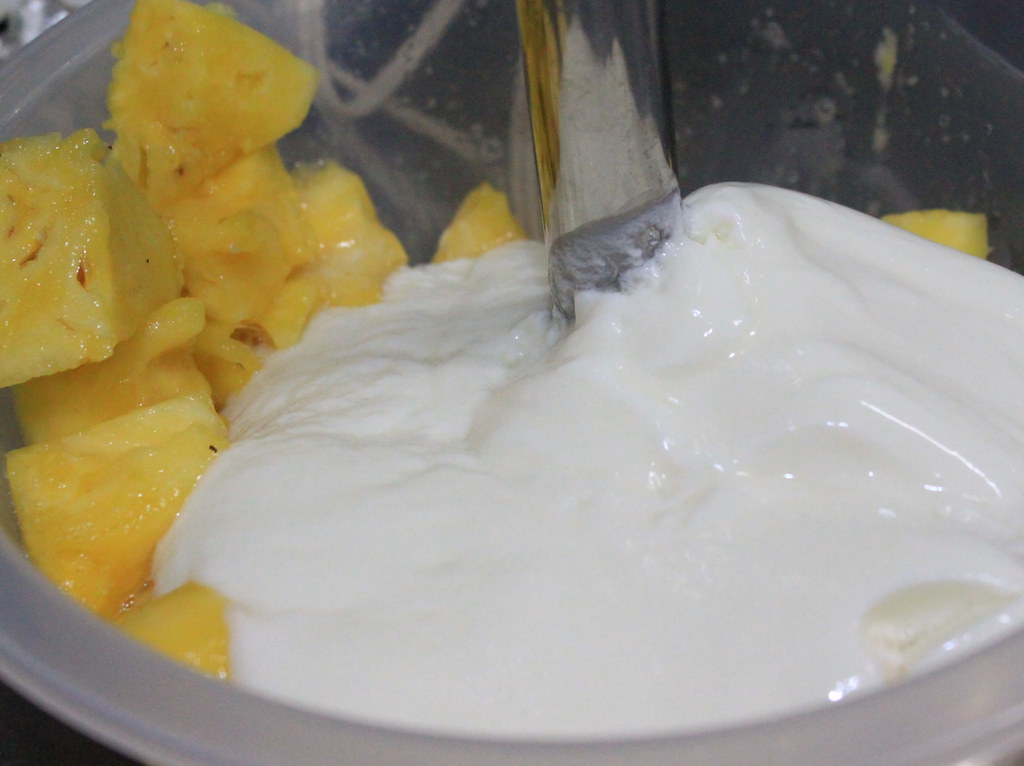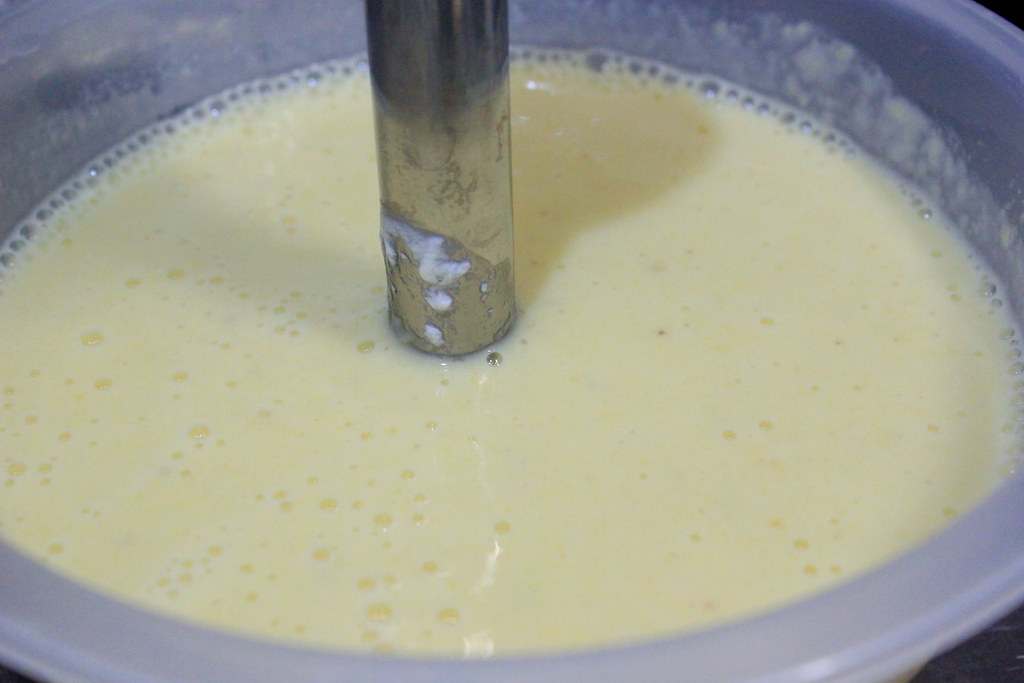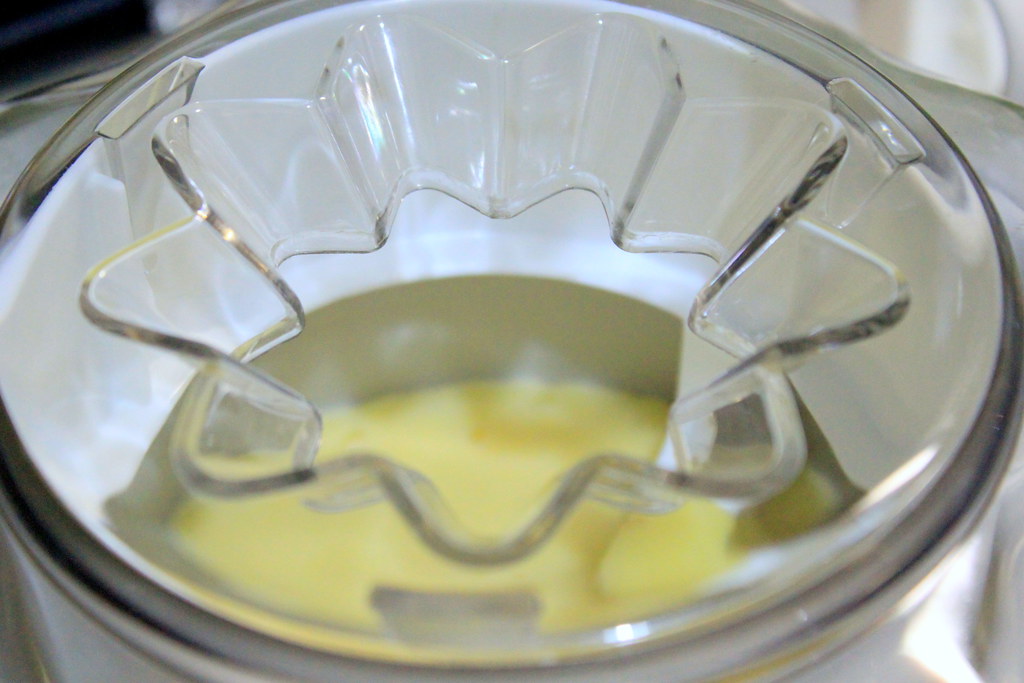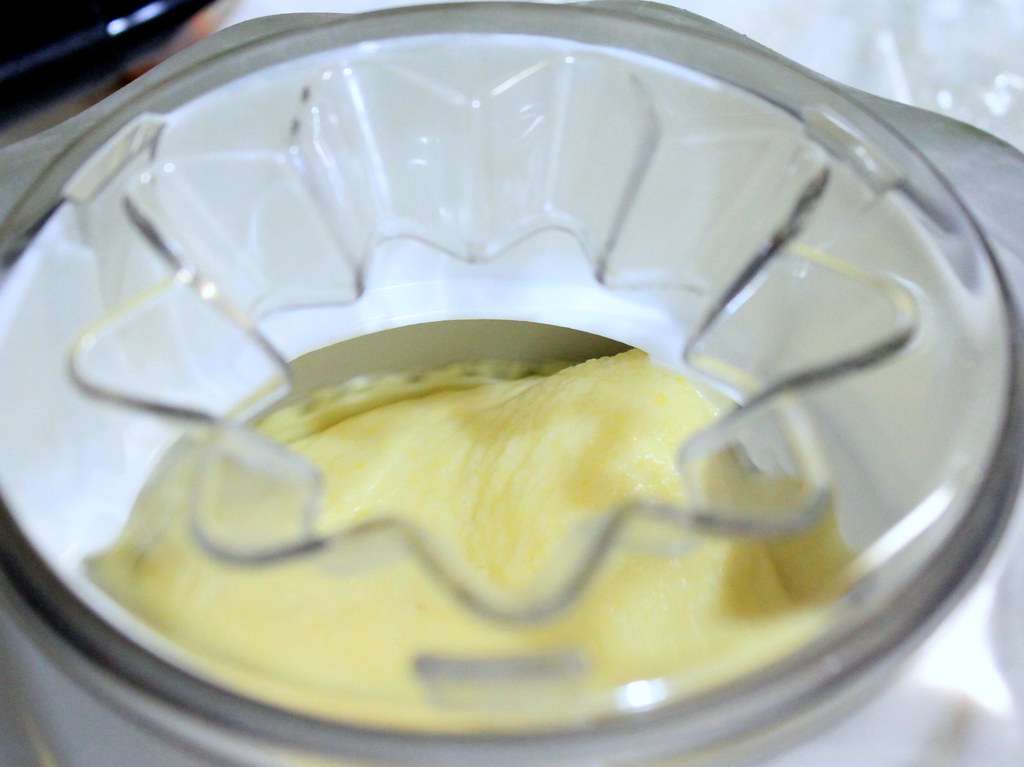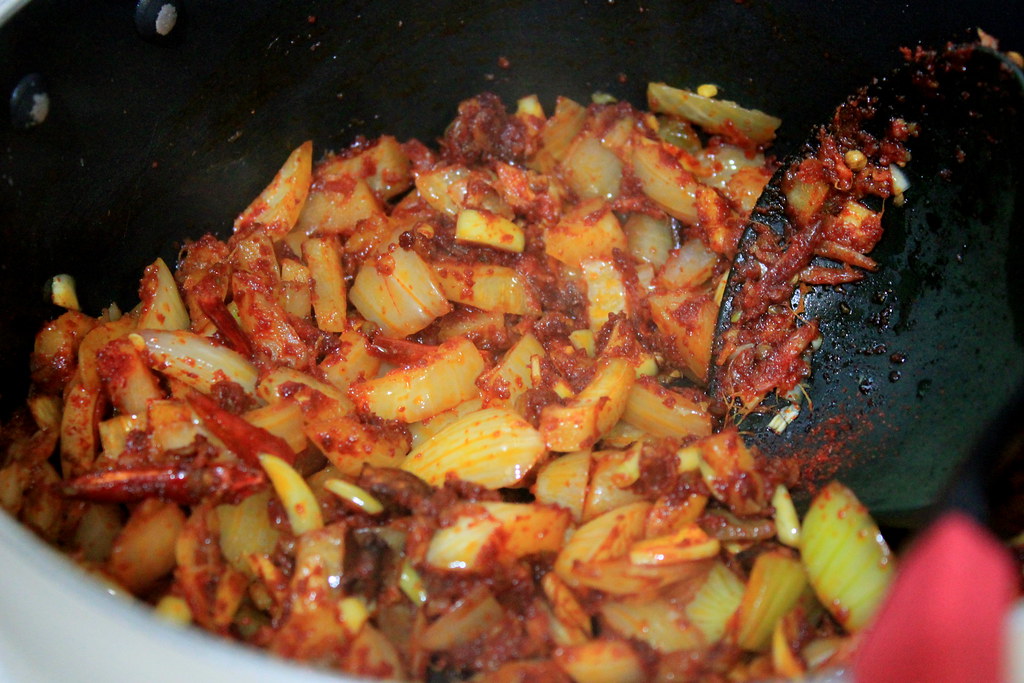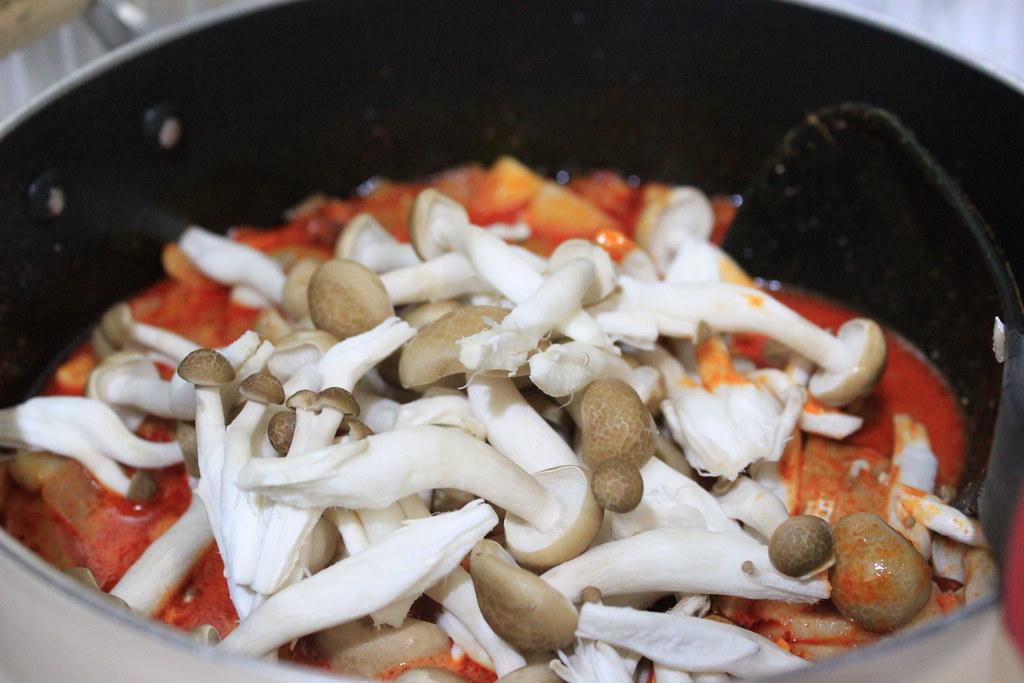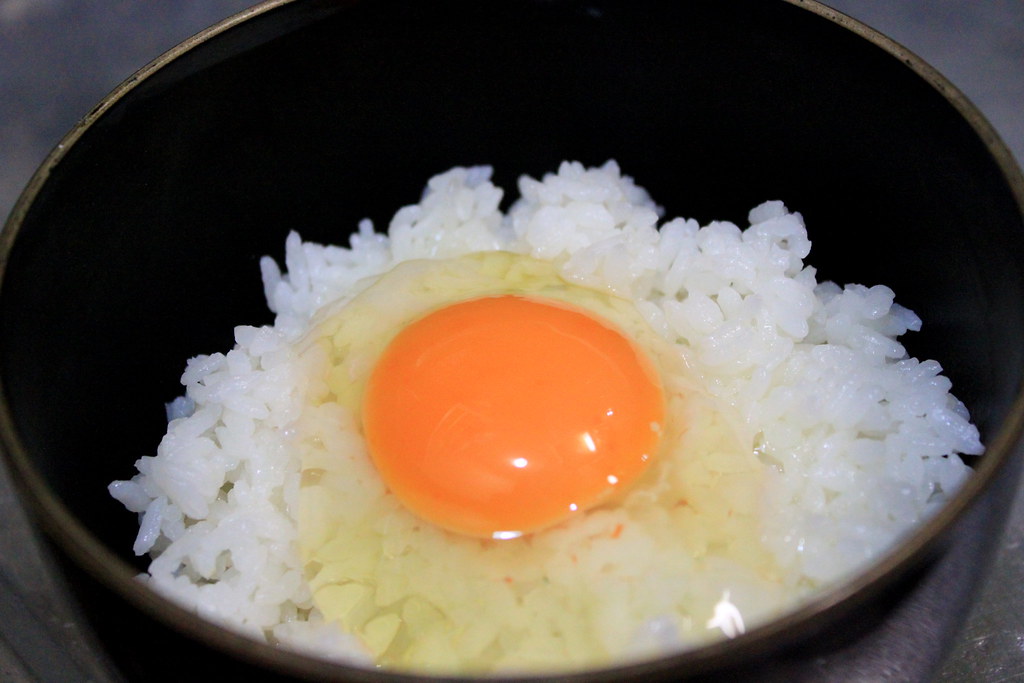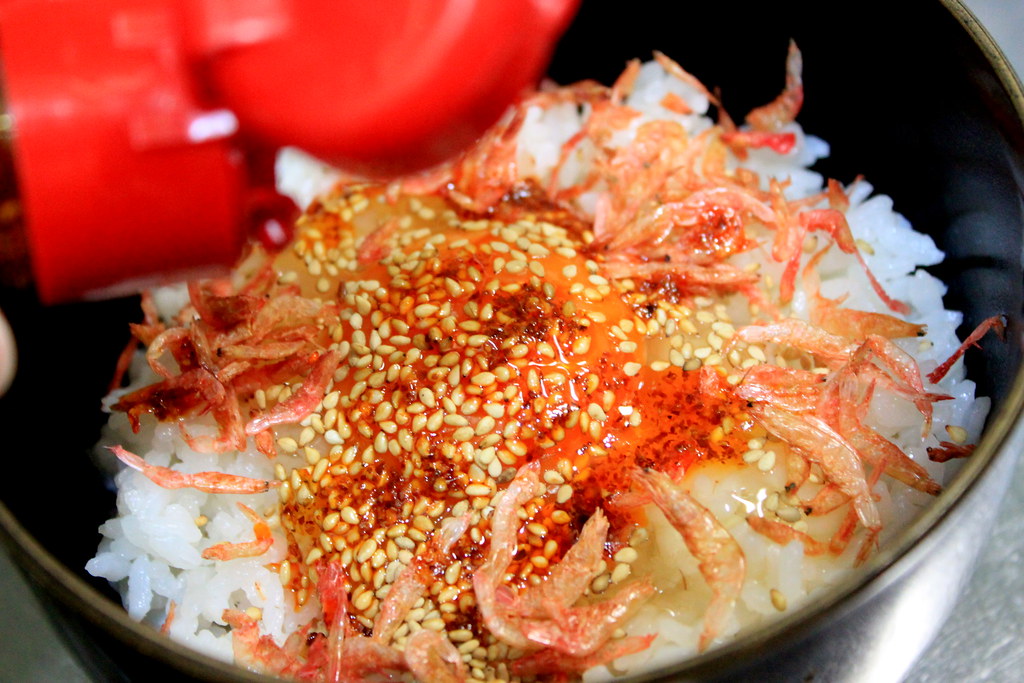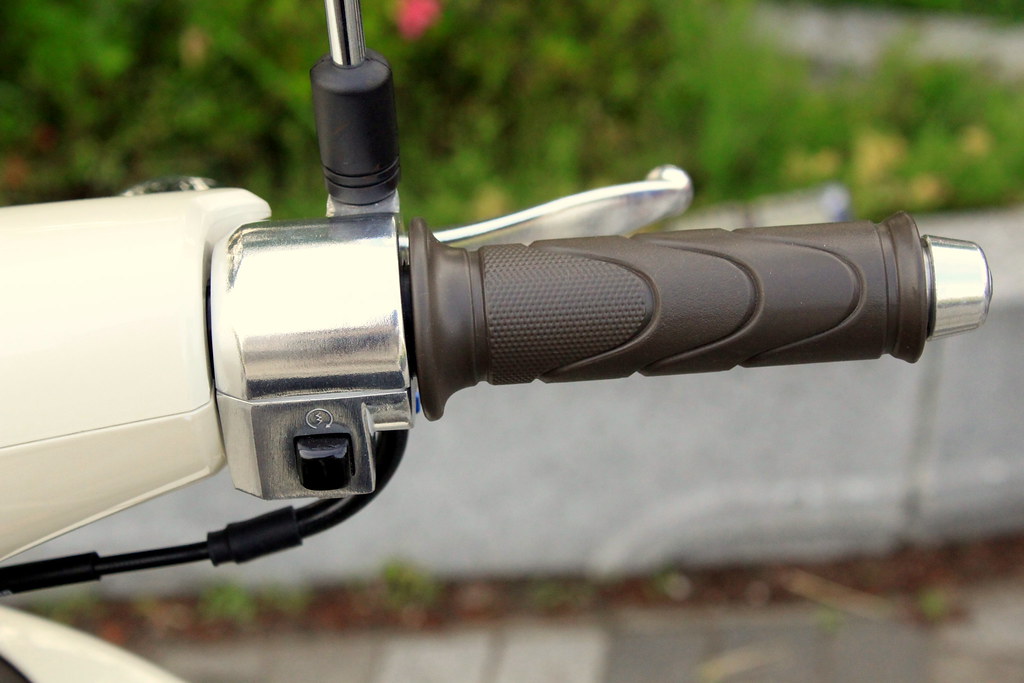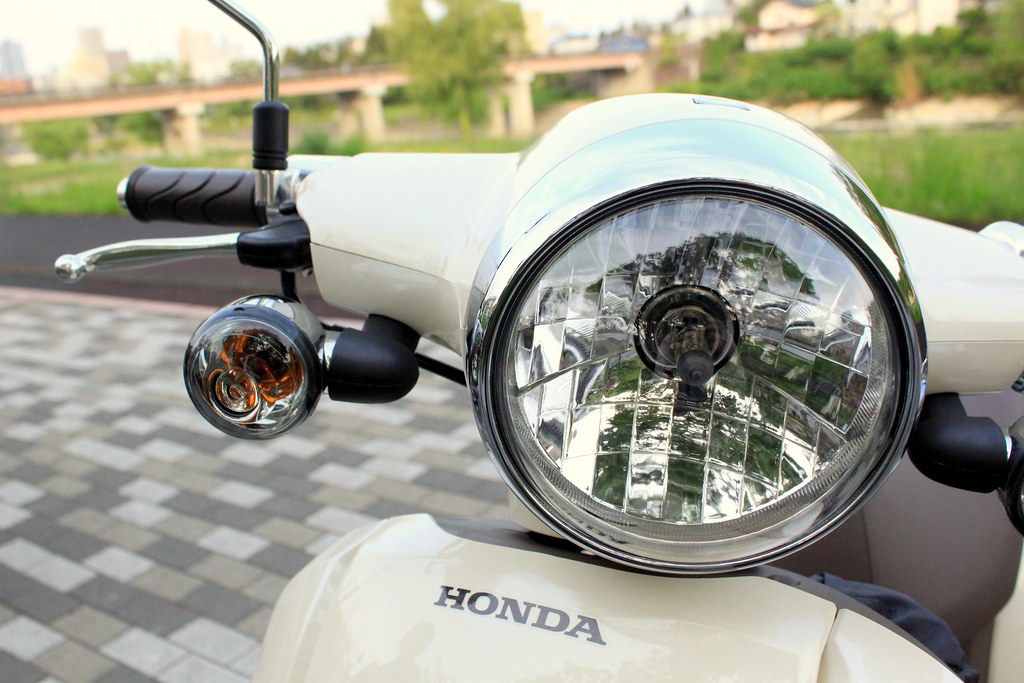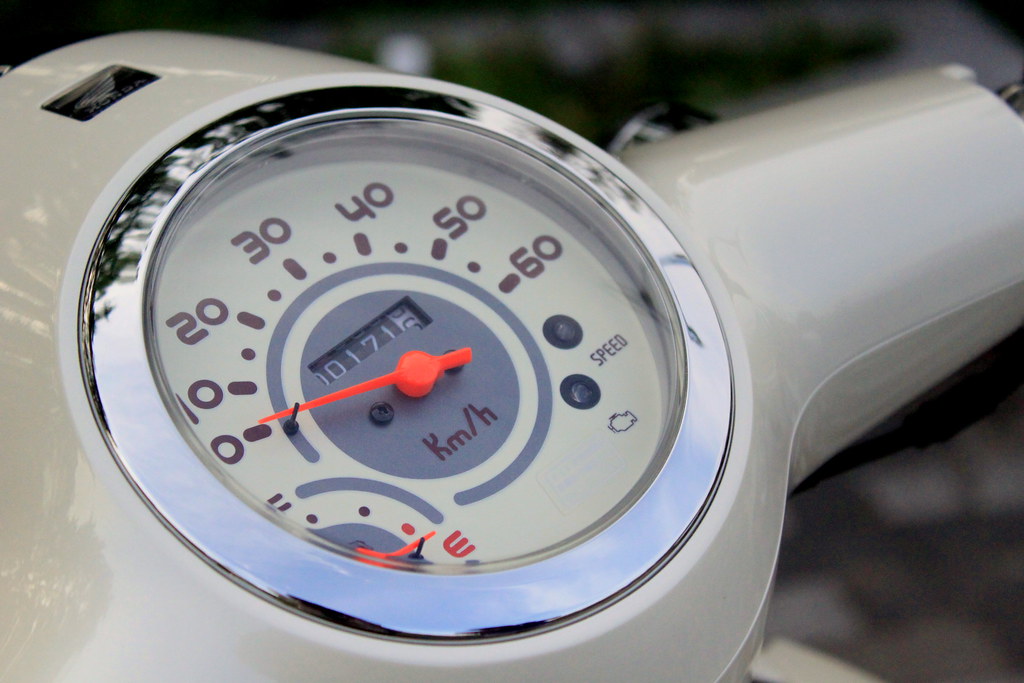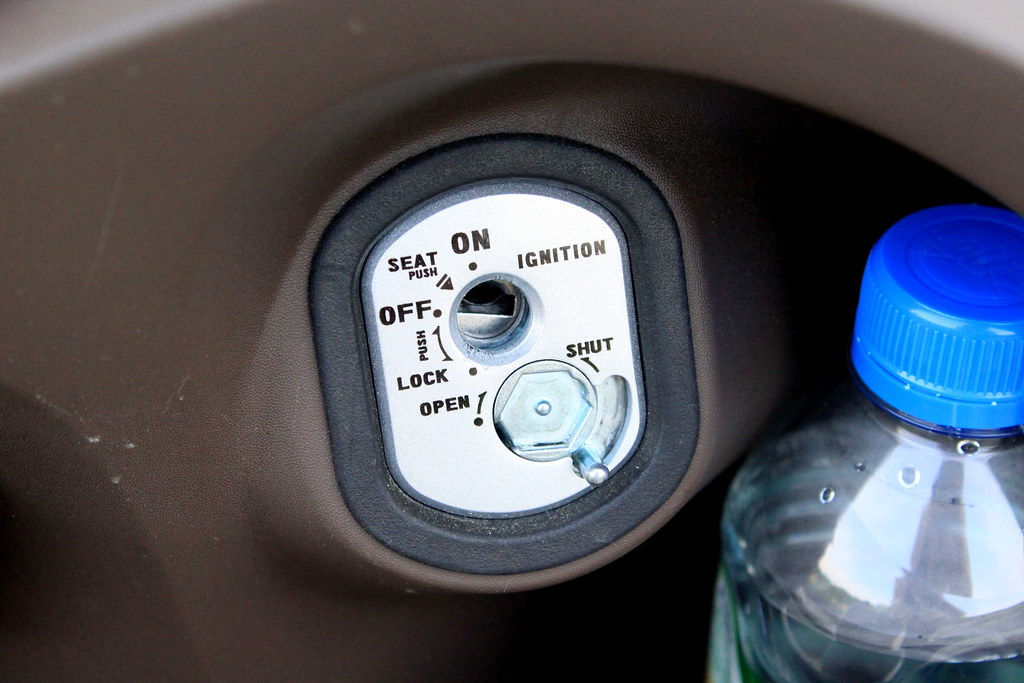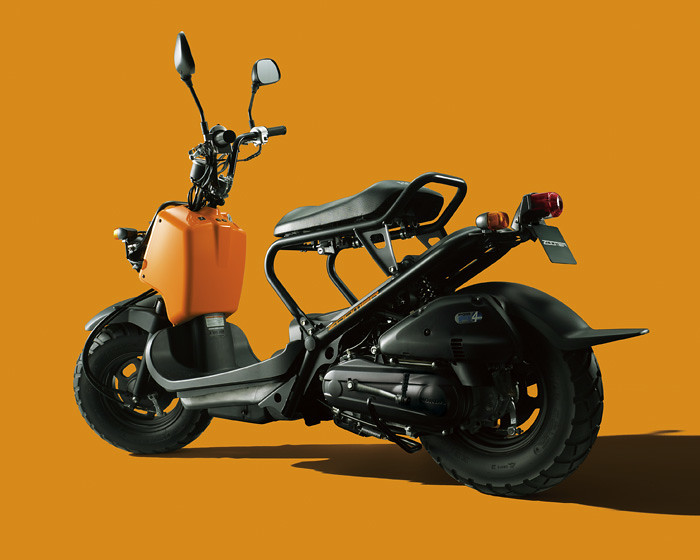This Sunday I`m going to take an exam for Japanese language proficiency and I`m supposed to meditate s-t-u-d-y, like right now. I was studying, but then my husband offered me to have a cup of ice cream I made this weekend (again!) and just like that, I`m now much more interested in sharing about it with you.So, it will be his fault if I end up abandoning my textbooks tonight.
Ice cream talk now. I`ve been wondering why I can`t find ice cream made of soy milk here in spite of the various products of plain soy milk or the flavored ones. I`ve learned that when the food I want is not available at the stores, or is not affordable for me, that means either I just forget about it or make it myself. Obviously, with my new toy in the kitchen, I did the latter one. Another reason why I make my own ice creams is I can adjust, aka. reduce the sweetness. I don`t actually often buy ice creams (or the popular Japanese soft cream) because I always find they`re too sweet for me. If you follow my recipe here and find that it`s not sweet enough for you, feel free to adjust the sweetness.
Just for a reminder, in making ice creams, I still don`t cook/heat anything and I don`t add eggs.
Start with dissolving the matcha (green tea) powder with soy milk gradually in a container.
The mixture will be frothy at first, but that`s alright.
While dissolving the matcha powder, stir honey or sugar in.
Add the remaining soy milk and pour the whole mixture to a different container while pushing it with the back of a spoon through a sieve repeatedly until no lumps are visible.
Taste it, stir in more honey or sugar if necessary, and add a pinch of salt. When you`re done, chill the mixture in the refrigerator 2-3 hours.
After the mixture is chilled enough, start churning it in an ice cream maker.
..until it has turned thick.
Transfer the ice cream to a container and keep it in freezer for 2-3 hours.
Shouldn`t I be studying now?I can feel the books staring at me. Ugh.
Alright, to shorten this post, this is the chocolate soy ice cream that I made the next day. The method is pretty much the same, only this time I used cocoa powder.
This is how I kept the ice creams in one container.
And I didn`t do this on purpose.
Scooping time!
I`m sorry for showing you this green-brown messiness, but in my defense, the messiness is my signature.
Creaminess-wise, this soy ice cream is somewhere between sorbets and dairy cream-based ice creams. Much lighter than the regular ice creams, but still "creamier" compared to sorbets. It has a soft crunchy texture that might bring sorbets to mind, but the milkiness of the soy ice cream might make the difference.
I remember how I can feel the sweet stickiness remaining in my mouth
when I eat the regular ice cream, which I don`t find in this soy ice
cream. It melts and it`s gone very quickly. I don`t know if this is good
or bad, but if you`re looking for a lighter version of ice cream like
me, then this one is probably for you.
Enjoy!
MATCHA (GREEN TEA) SOY ICE CREAM
Makes about 500 ml
Ingredients:
1 1/2 Tbs matcha (green tea) powder
450 ml plain soy milk
4 Tbs honey
A pinch of salt
CHOCOLATE SOY ICE CREAM
Makes about 500 ml
Ingredients:
3 Tbs cocoa powder
450 ml plain soy milk
6 Tbs honey
A pinch of salt
Method:
1. Dissolve matcha or cocoa powder and honey gradually with soy milk in separate containers.
2. Pour the mixture through a sieve repeatedly until no lumps are visible.
3. Add a pinch of salt, stir a bit, and chill in the refrigerator for 2-3 hours.
4. Churn all
the ingredients in an ice cream
maker according to the manual for 30 minutes or until the mixture has
thickened up.
5. Transfer the ice cream to a freezing container and keep it in the freezer for another 2-3 hours before serving.
5. Transfer the ice cream to a freezing container and keep it in the freezer for another 2-3 hours before serving.
Note: If using only one freezer bowl, make the ice cream one flavor a day.

